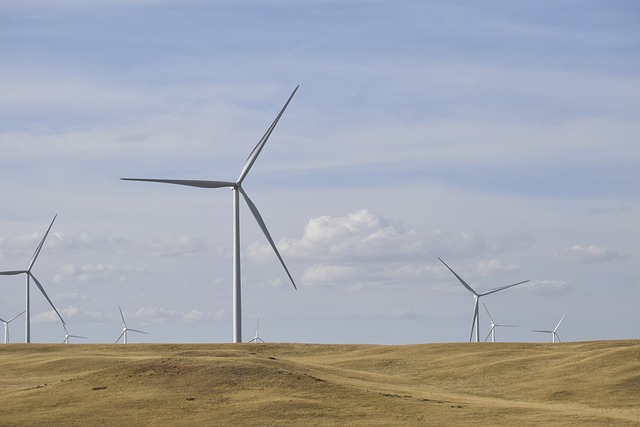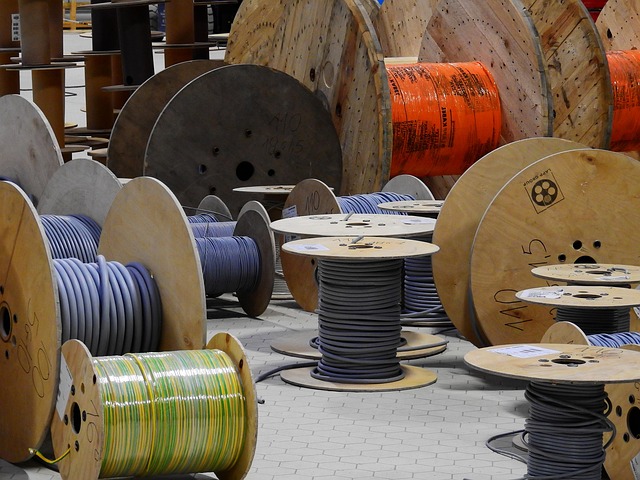Empowering Through Energy: The Impact of Community-driven Initiatives
In today’s rapidly changing world, the notion of an energy community has become more than just a buzzword; it represents a movement toward sustainable living, collective empowerment, and social responsibility. As the effects of climate change loom large, it is imperative that we harness the strength of community-driven initiatives to create a brighter and more sustainable future.
Energy communities are places where individuals and families come together, pooling their resources and efforts to generate renewable energy. This collective approach not only fosters a sense of unity but also brings economic benefits, reducing costs for members and creating local job opportunities in the clean energy sector. Imagine a neighborhood powered by solar panels installed on the rooftops of homes that are owned and operated by the residents themselves. This vision is now a reality for many communities across the globe, where the empowerment of the individual merges with the shared ambition of the collective.
One of the most compelling aspects of energy communities is their ability to democratize energy production. Traditionally, energy has been controlled by large corporations, often leading to disconnection from local needs and values. By contrast, energy communities empower citizens to take charge of their energy needs. They can tailor solutions that reflect their specific situations, whether that be through solar farms, wind projects, or innovative energy-sharing systems. This localized approach not only meets the energy demands more efficiently but also fosters a strong sense of ownership among community members.
Moreover, energy communities excel in education and awareness-building. Residents learn about the benefits of renewable energy, energy efficiency, and sustainable practices, creating informed citizens who make conscious choices. Workshops, clean energy fairs, and outreach programs promote knowledge sharing, inspiring individuals to rethink their energy consumption habits. The ripple effect of this education extends beyond the community, inspiring neighboring areas to follow suit and creating a larger movement toward sustainability.
Another noteworthy feature of energy communities is their resilience in the face of challenges. During emergencies, such as natural disasters or grid outages, localized energy production can provide much-needed energy independence. Communities with distributed energy resources are better equipped to support one another, ensuring access to power for critical services and households. This resilience fosters a sense of security and solidarity among members, reinforcing the belief that together, we can overcome adversities.
As we navigate the complexities of modern energy needs, it is clear that the energy community model presents a viable path forward. It isn’t just about generating power; it’s about harvesting the collective strength of individuals, transforming challenges into opportunities for meaningful change. Together, we can build a framework for sustainable energy that champions inclusivity, local empowerment, and resilience, ensuring that we all play a part in the transition toward a greener future.




